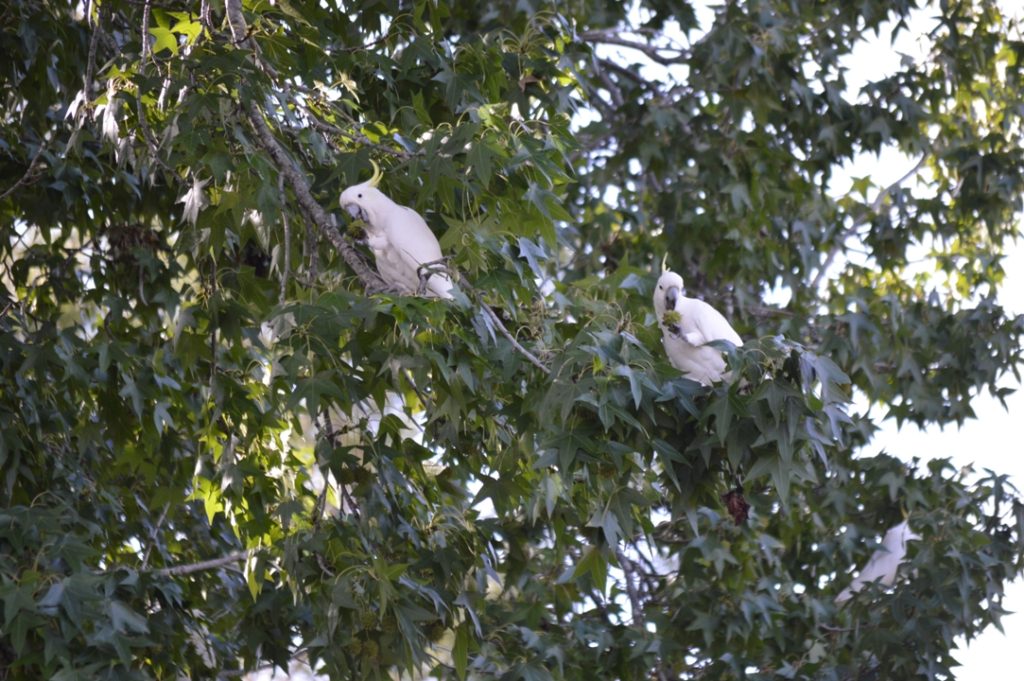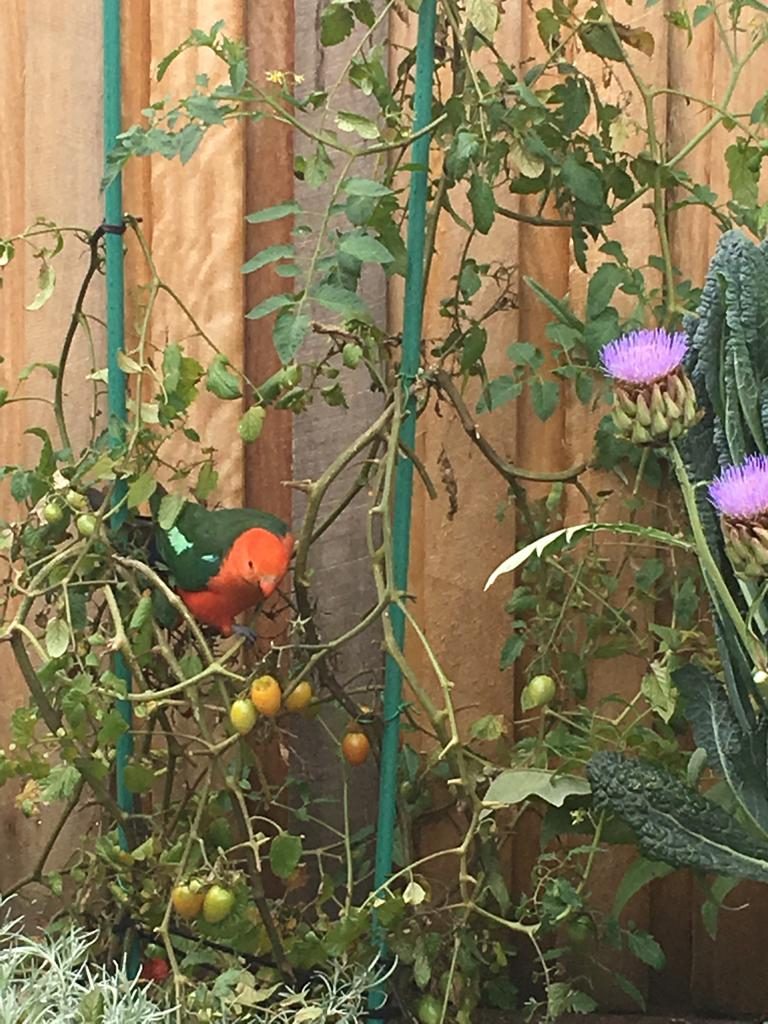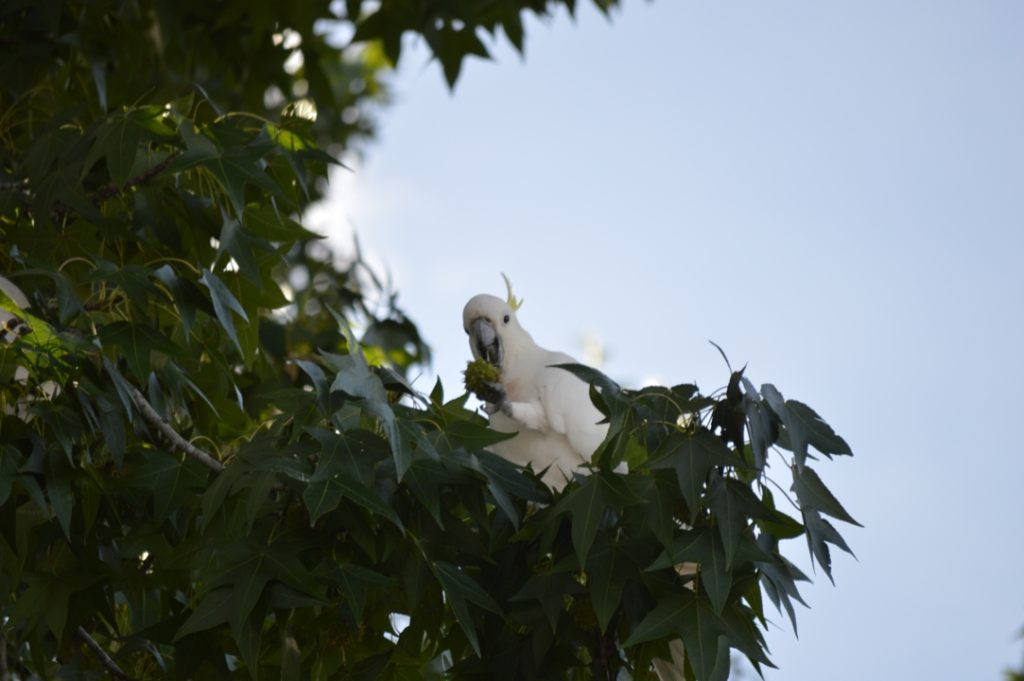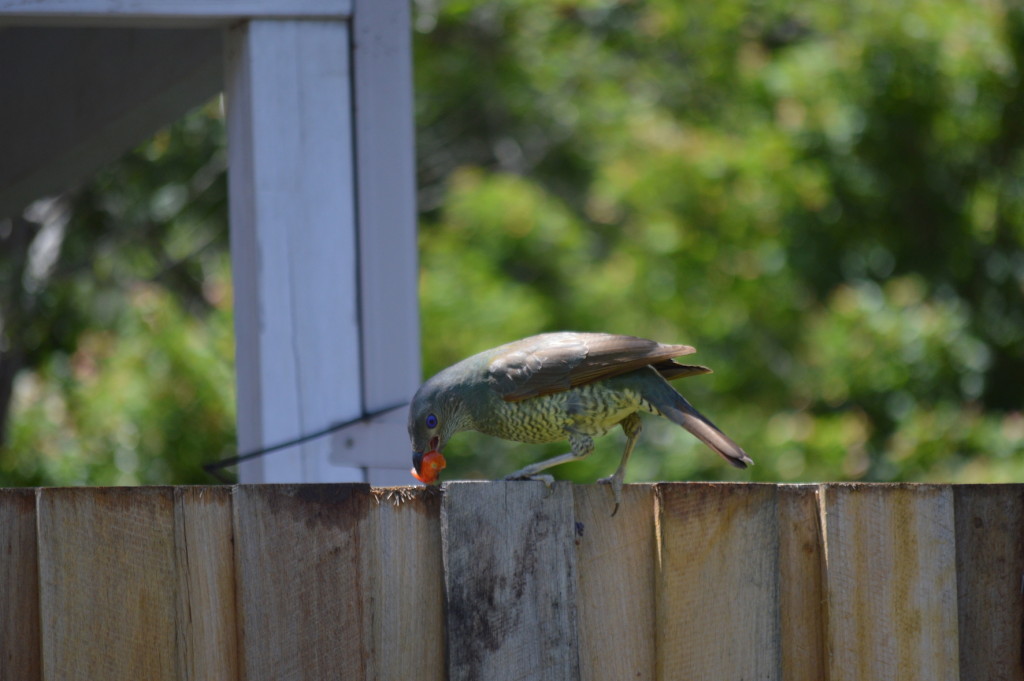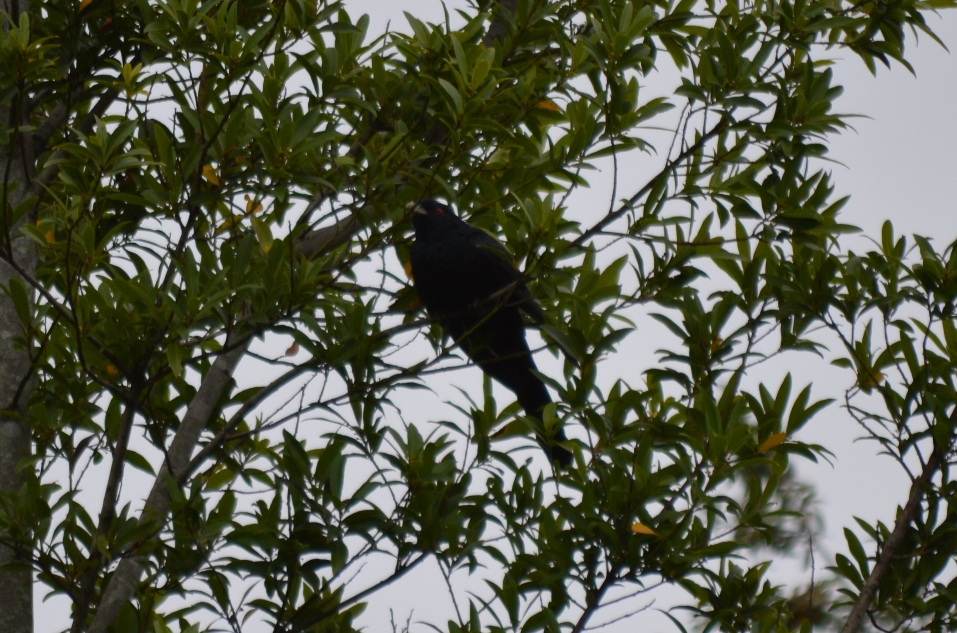It’s arrived!

This is a Gauge 3 locomotive to run in the garden, if I can get it going.

It is actually not a model of any particular locomotive, but it’s main merit is that it is a “live steam” and coal-fired model.
The problem, from my point of view, is that I don’t know how to run it: I cannot light a fire in its firebox, I don’t know how to keep the boiler full of water, I don’t know how to keep it going at all. Even more alarming, I don’t even know that it will work at all!
From what I can tell, this model was probably built in the 1930s or 1049s, but I don’t know by whom. I bought it from “Station Road Steam” in Lincolnshire, and as far as I know there is no history coming with it. It looks well-made, and looks as though it should work OK. It is apparently built to a high standard (according to Station Road Steam), but they didn’t test it and offer no guarantees. Having looked around for a while, though, it looked as good a prospect as any that I have seen advertised for sale recently. From appearances, it has never actually run on a track, although it looks as though it has had a fire in the firebox. Perhaps whoever built it just lost interest once he had proved that he could do it (build a live steam model). Sadly I don’t suppose that I will ever find out its history.

I just hope that I don’t cause an explosion the first time I try to fire up the boiler.
I look upon it as being an impressionist model of an LMS Stanier Mogul, and if I can get it going, I will then paint it accordingly.

